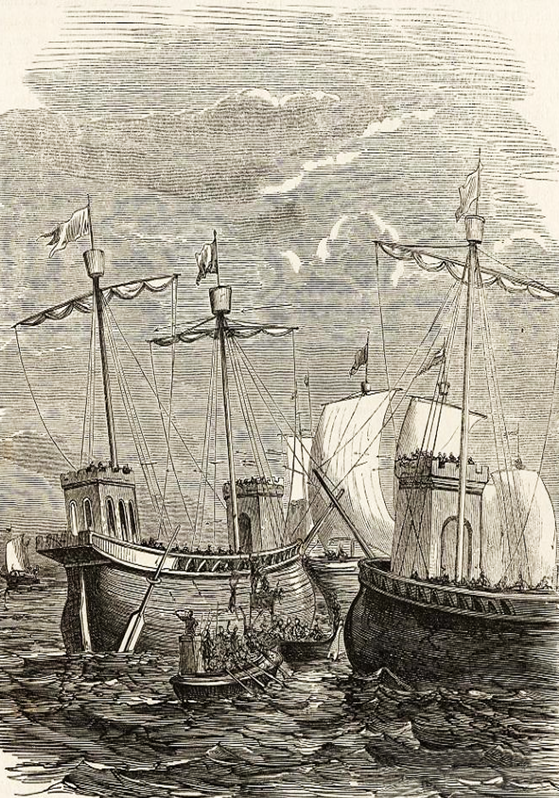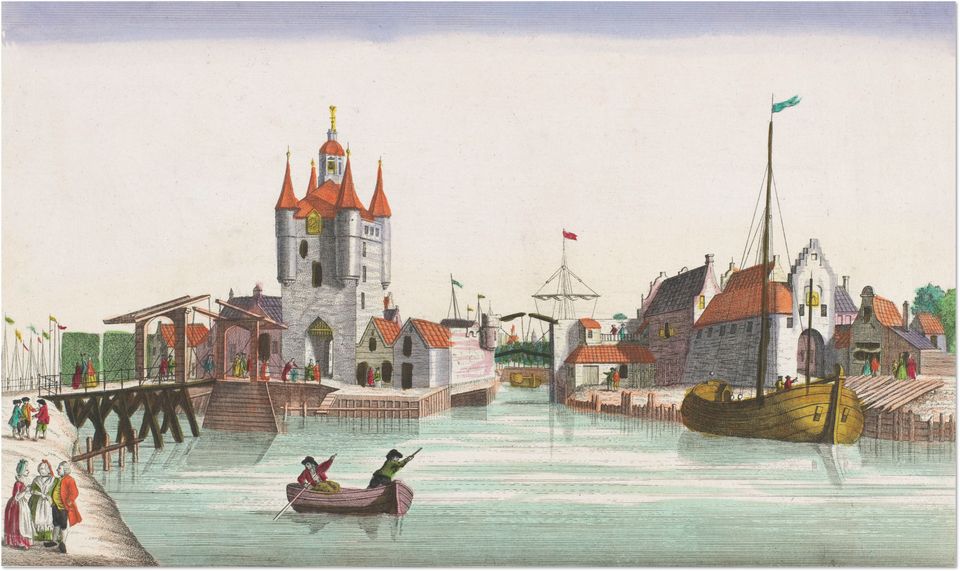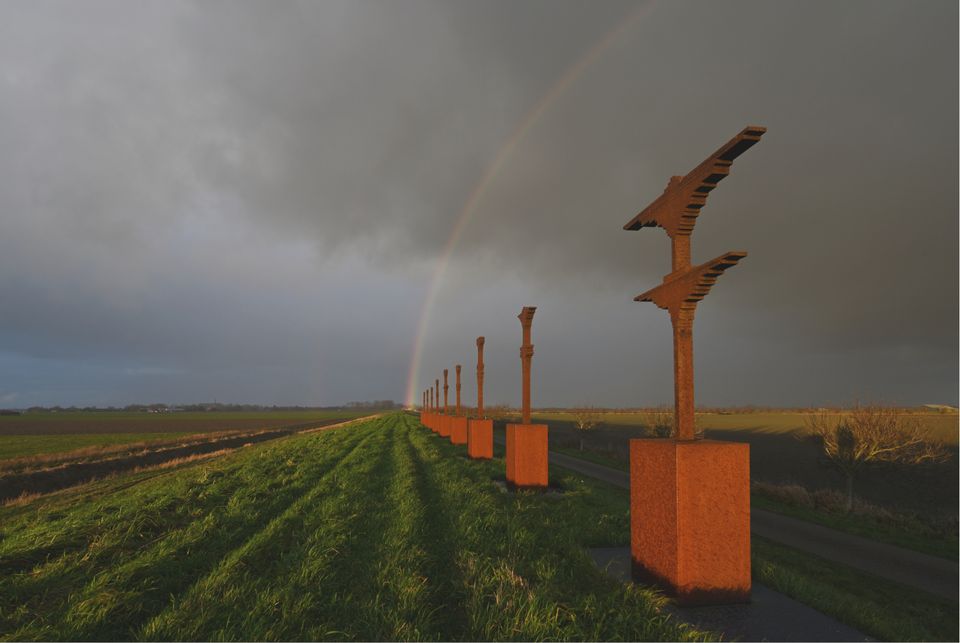Speuren naar sporen uit de middeleeuwen
Cycling along the banks of the Gouwe, the 46 or 35 kilometer bike route offers a beautiful e…
Cycling along the banks of the Gouwe, the 46 or 35 kilometer bike route offers a beautiful experience. The starting and ending point is the beautiful ring village of Dreischor in Zeeland. The route leads you via the dike water to the old harbor of De Sasput, where the Battle of the Gouwe is believed to have taken place in 1304 - the birth of Zeeland. From here, you can shorten the route and cycle via the N59 to Zierikzee. Zierikzee is the perfect place for a break; there are plenty of places where you can enjoy a delicious lunch or visit the Museumhaven or the Stadhuismuseum to learn more about the history of Zierikzee and the surrounding area. Next, you cycle via Schuddebeurs, where the mansions of the old regents of Zierikzee still proudly stand, to Noordgouwe and then cycle on to the second city of Schouwen-Duiveland, Brouwershaven - the birthplace of Jacob Cats. The route continues along the dike along the Grevelingenmeer to Bommenede, and then via the centuries-old dike along Zonnemaire and Noordgouwe to return to Dreischor.
Take a look
Sights on this route
4315 AE Dreischor
Adriaanskerk Dreischor
The Adriaanskerk in Dreischor is a medieval church dedicated to Saint Adrianus. The oldest part dates back to 1340. The church is important for Dreischor and has a rich history.
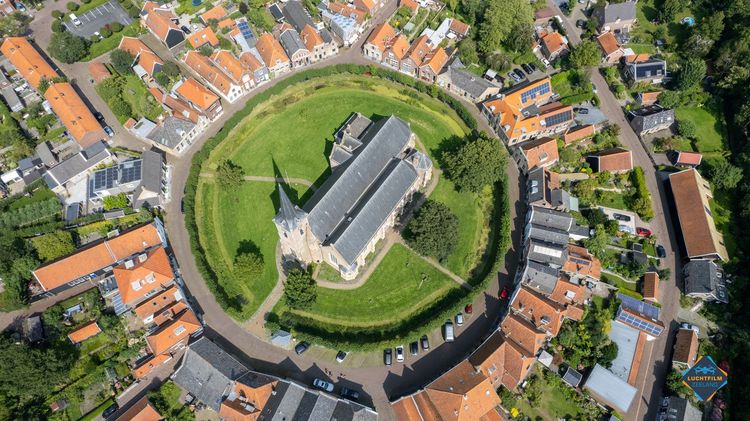
Museumboerderij Goemanszorg
Discover more about the history of agriculture in motion in the renovated exhibition space of Museumboerderij Goemanszorg. Also great for families with children.
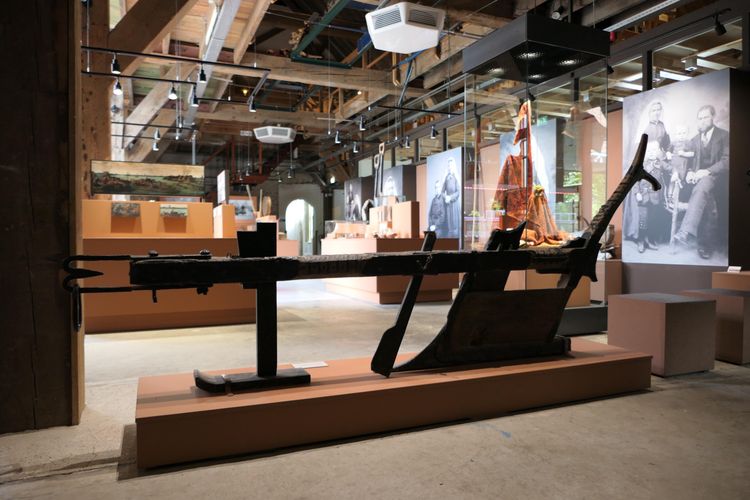
Molen Aeolus
Visit Molen Aeolus, a beautiful corn mill from 1739 located in Dreischor. This ground-level mill with a round stone structure offers a stunning view of the landscape and can be visited by appointment and when the mill is running.
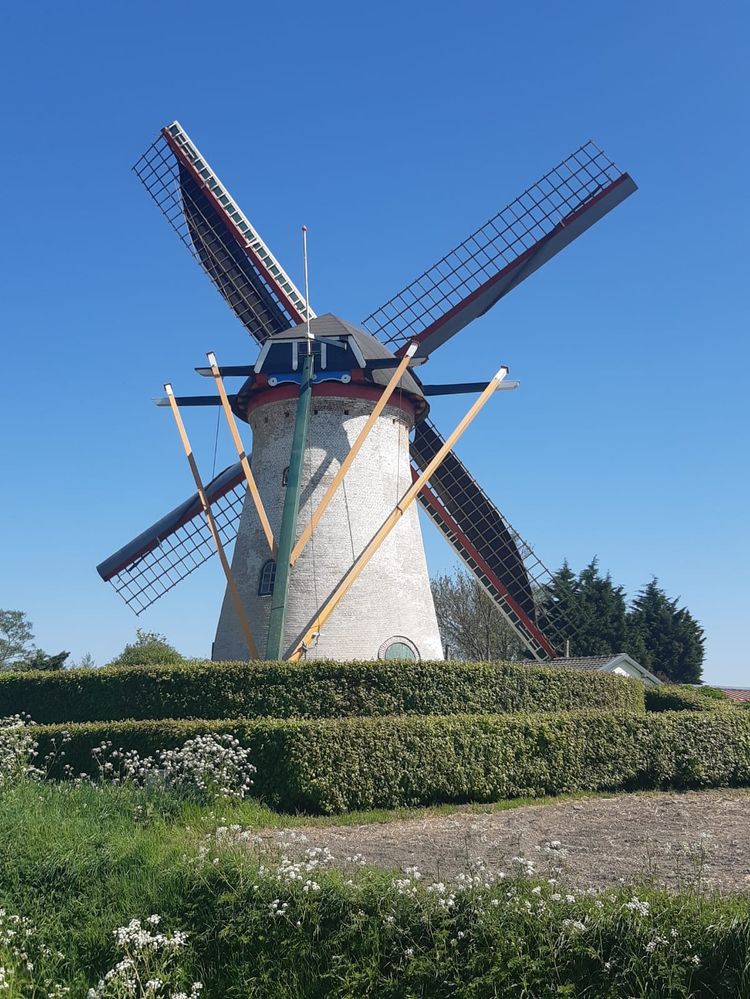
Dijkwater
Discover the beautiful Dijkwater with its rich history of nature and water past. Enjoy colorful fields full of orchids and the fluttering of butterflies and grasshoppers.

Steenzwaan
Discover the beautiful Steenzwaan, a lively river and remnant of a once very active current. Enjoy the peaceful surroundings during a beautiful walk.

Graansilo Zierikzee
A striking building in Zierikzee is the grain silo dating back to the year 1955.
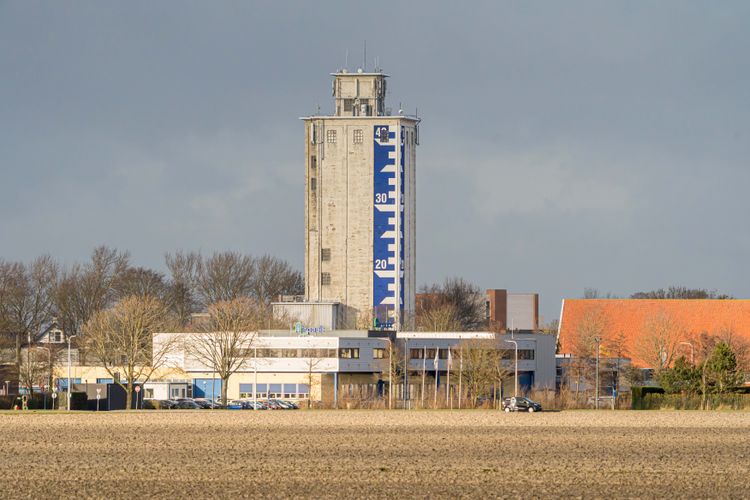
Museumhaven Zeeland / Oude Haven
Admire a beautiful fleet of old-fashioned ships in the medieval harbor of the monumental city of Zierikzee.
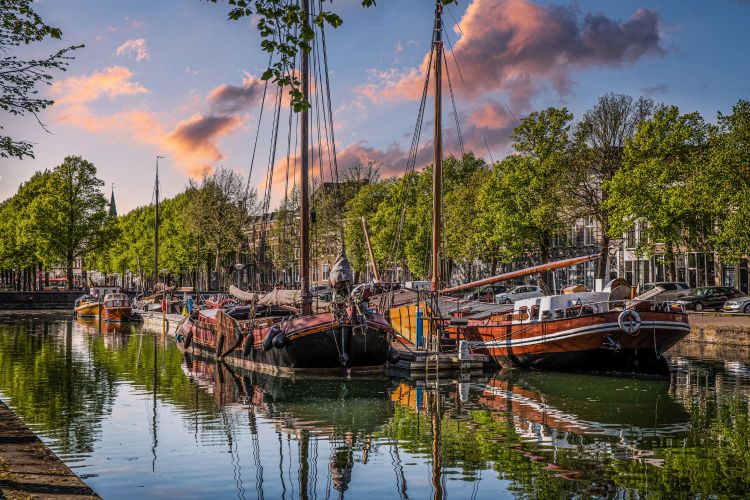
Museumhaven Zeeland / Oude Haven
Admire a beautiful fleet of old-fashioned ships in the medieval harbor of the monumental city of Zierikzee.

De Nicolaaskerk Brouwershaven
Discover The Nicolaaskerk: a unique venue with historical significance and excellent acoustics.
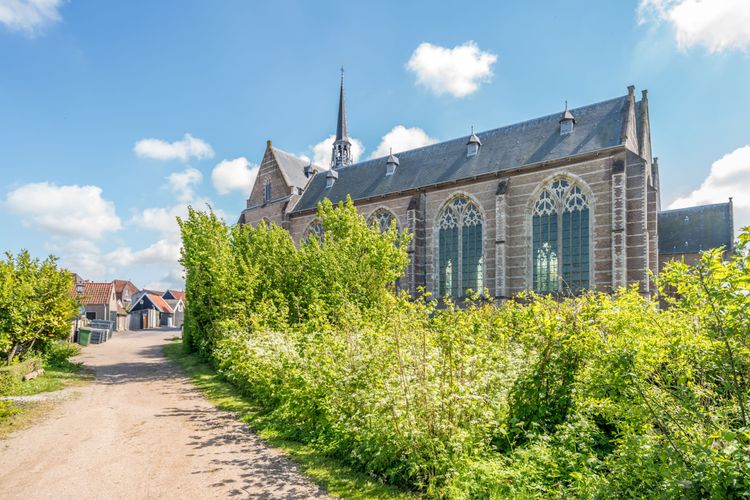
Geboortehuis Jacob Cats
Discover the birthplace of Jacob Cats, a historically important person known as a poet, lawyer, and politician.
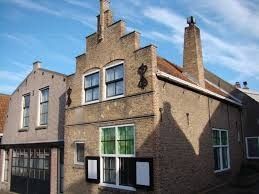
Town hall Brouwershaven
The town hall of Brouwershaven is located in the heart of the city, situated on the Markt. The building reflects the rich history of the town.
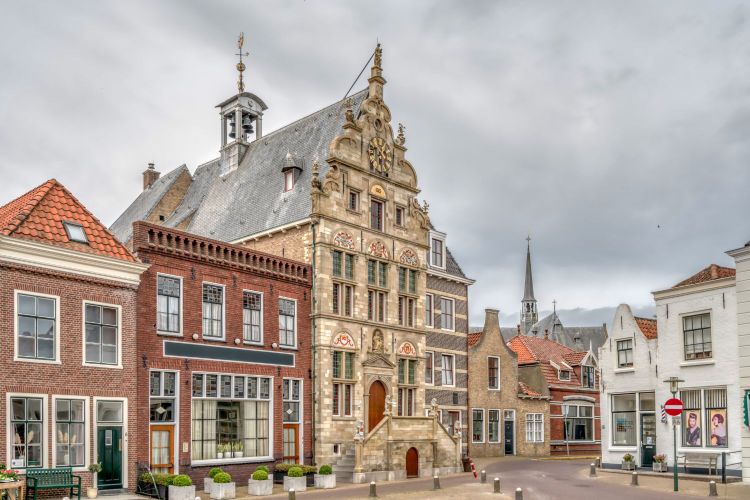
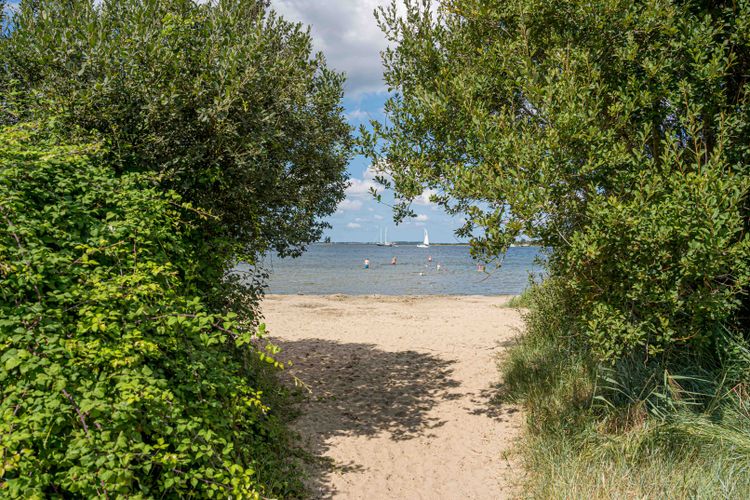
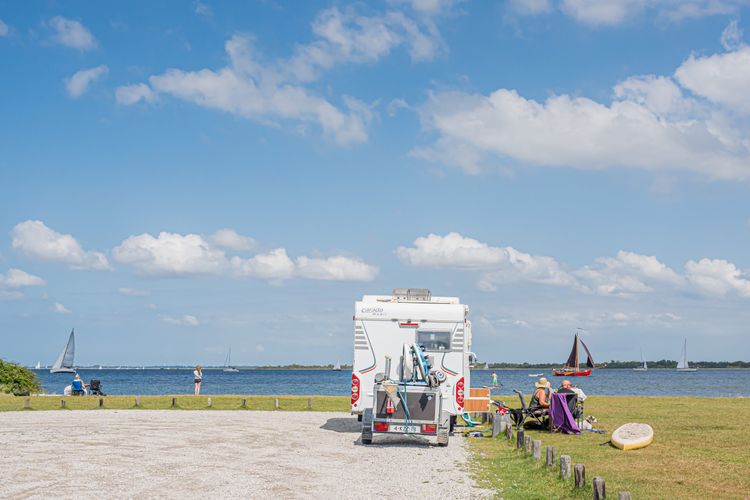
De Slikken van Bommenede
Discover the bird richness of De Slikken van Bommenede, the breeding ground for rare and endangered bird species in the Grevelingen. This versatile area outside the dike houses dozens of breeding birds.

4315 AE Dreischor
Directions
4315 AE Dreischor
Dreischor
A great starting point is the Museum Farm Goemanszorg in Dreischor, the most beautiful ring village in Zeeland. You'll get a sense of farming life from the early 1900s until the 1950s. Around the museum, there's a beautiful garden with old and contemporary crops and an herb garden. The museum has a café, a real bike café. The village of Dreischor was once an island in the middle of the Gouwe, an important waterway that connected Antwerp and the Rhine in the Middle Ages. Its strategic location led to a war between the Count of Flanders and the Count of Holland in 1304. The first major sea battle of the Middle Ages took place on the Gouwe. The Gouwe gradually silted up and, after 1953, the last part, the Dijkwater, was dammed.
Follow Molenweg and Blindeweg. You're now on the bank of the Gouwe near the former port of Beldert. Turn right and follow Bellaertweg to Zuiddijkweg. Turn left and continue on Zuiddijkweg until you reach Weg door het Dijkwater.
Dijkwater
The Dijkwater was the eastern part of the Gouwe between the islands of Duiveland and Dreischor. It was an important shipping route. The ports along the Dijkwater were usually built on the initiative of collaborating farmers in the area. The Dijkwater was important for drainage through locks in the dikes. Steam pumping stations used to drain the polder water at Beldert on the Dreischor side and Stevensluis on the Duiveland side. The Dijkwater was completely cut off from the Grevelingen in 1953 and has since developed into a beautiful nature reserve.
Follow Weg door het Dijkwater to the dike at Sirjansland.
De Staart
Many small agricultural and ferry ports were located along the banks of the Gouwe. Here we have arrived at the former port of De Staart on Noorddijk. Under the vegetation behind the "Muralt" wall on the dike, you can still find the harbor basin with a quay made of cobblestones and the foundation of the former weighing house. There was a shuttle service to Rotterdam and a ferry to the Beldert. Further along Noorddijk and Oude Polderdijk, remnants of ports such as Stevensluis, Nieuwe Veer, and Gouweveer can still be found.
Turn right onto Dillingsweg, continue via Noorddijk and Oude Polderdijk and take a look at the Sasput.
Battle on the Gouwe
The Sasput is located in the middle of the Gouwe, perhaps where the historic sea battle was fought. It was about the power struggle in Zeeland between the Counts of Holland and Flanders. The Flemish had a strong fleet of cog ships and blockaded the Gouwe to attack Zierikzee. The Gouwe was silting up, and the Flemish ships ran aground. The line was broken, and the battle was won.
The short route via Bettewaardsedijk goes straight to Zierikzee or continue on Oude Polderdijk to N59. Cross the N59 (be careful!), turn right onto the bike path towards Groene Dijk left. Turn right onto Gouweveerse Zeedijk, continue towards 't Stelletje, and take a look at the dike.
't Stelletje
In the basin of the Oosterschelde lies 't Stelletje. Once, this was the gateway to the port of Zierikzee, and fishing boats, cargo ships, and large stately VOC ships sailed there, all on sails, of course! When the Gouwe began to silt up, the current Havenkanaal was dug from 1597 to 1599. In 1610, Schouwen and Duiveland were connected to each other at the height of Zierikzee by the Stenendijk, and the Gouwe was definitively finished. 't Stelletje is now a beautiful salt marsh area within the Oosterschelde National Park where sea lavender and saltwort grow.
Follow the Weg naar de Val past the traffic lights and take the bike tunnel under the N256. Follow the bike path to the Landwinkel. Cross the Trambaan and continue along Julianastraat to restaurant Grand Café de Werf.
Zierikzee
Take a break at the entrance to historic Zierikzee. The Museumhaven Zeeland is well worth a visit. The Museumhaven is a museum in two locations. The collection of historic ships is located at the outdoor location on the Oude Haven of Zierikzee. Next to Grand Café de Werf is the City and Commerce Shipyard with a museum. After visiting the museum shipyard, go through the Zuidhavenpoort and turn right across the drawbridge to the Noordhavenpoort. In the summer months of July and August, the weergang of the Zuidhavenpoort and the fortress Noordhavenpoort are open for a few afternoons a week. The Old Haven with Museumhaven is located inside the gates. The entrance to Museumhaven, shipyard, and gates is free. There are tour boats at the City and Commerce Shipyard for a tour of the Old Harbor and the Havenkanaal. At the cannon outside the Noordhavenpoort, we see the old Ee = creek, Zieriks-Ee, a branch of the Gouwe. Salt pans and shipyards were located here in the city's heyday. Large VOC ships sailed along the gates, on their way to the warehouses along the quays. In the Stadhuismuseum, many medieval objects are on display, including object stones probably from 1304 from the siege of Zierikzee. The QR code shows a video about the historical play 'De Ridderslag' about the siege of Zierikzee.
From the Noordhavenpoort, follow the Scheepstimmerdijk and cross to the Zille at the intersection. Go through the tunnel under the N59 and continue along the Schouwsedijk to Schuddebeurs. This road is the oldest dike road in Schouwen. The Kaaskenswater soon comes into view on the left, a dike breach from the Spanish war period in 1578.
Schuddebeurs
The Gouwe was dammed in two places in 1374, in the north with the Oude Weeldijk near the present-day village of Noordgouwe and at Schuddebeurs with De Zuiddijk. After the flood disaster of 1953, the Zuiddijk at Schuddebeurs was excavated, and the sand was needed for repairing and building roads. In Schuddebeurs, many wealthy people from Zierikzee built a country residence, with names such as Mon Plaisir, Welgelegen, and Heesterlust. Take a look and cross under the Schouwsedijk with the ferry to Schuddebeurs.
Continue along the Schouwsedijk.
Weeldijk Noordgouwe
In 1374, the Gouwe was closed off in the north by what is now called the Weeldijk. The construction of the Zuiddijk and the Oude Weeldijk created the Noord-Gouwepolder, to keep the southern and eastern branches of the Gouwe at sufficient depth for navigation to Zierikzee.
The Schouwsedijk crosses the Stapelsweg and becomes the Schenkeldijk, which continues into the Provincial Straatweg to the center of Brouwershaven. The Sound Wave monument was erected on the Schenkeldijk in 2020, in memory of nine American crew members of a B24M Liberator bomber that crashed here on April 5, 1945.
Brouwershaven
Brouwershaven was known for the transfer of goods and fishing. The Brouws Museum provides information about the poet and raadspensionaris Jacob Cats, born in Brouw. The museum collection includes numerous objects that characterized life at sea and in the harbor. There are ship models and other curious items, such as a part of the gold trading coins found in Brouw from the 15th to 17th centuries.
Return over the Provincial Straatweg and turn left onto the Kijkuitsedijk. Turn left at the end onto the Dwarsdijk and then turn right onto the Zeedijk. Follow the Zeedijk along the Bommenede Workhaven, and the Nataarskreek is on the right.
Nataarskreek
An interesting creek on Schouwen-Duiveland can be found along the northern part of the route around the Gouwe. It is the Nataarskreek, which once formed the mouth of the northwestern part of the Gouwe from the Grevelingen. The creek, which still extends far into the landscape, is particularly visible from the dike. The whole area here must have been very WET. Until the closure of the Grevelingen, the mouth of the creek served as a ferry port, the Oude Veer. The sunken village of Bommenede is in the Grevelingen.
Follow the Zeedijk.
Slikken van Bommenee
Until the construction of the Brouwersdam, the Veer van Zonnemaire was located where the Bommenede mudflats now lie. The remains can still be recognized with some effort. From this harbor, one could once sail to the island of Bommenede in South Holland. When Bommenede was abandoned around 1700, the residents moved inland, where they founded Nieuw-Bommenede, now the village of Zonnemaire.
The Zeedijk becomes the Zonnemairsedijk, the Dreischorsedijk, and the Zuiddijk. Follow the Zuiddijk and turn left towards Dreischor and cycle to the starting point, Museumboerderij Goemanszorg
4315 AE Dreischor
- 68
- 62
- 04
- 06
- 07
- 05
- 93
- 95
- 60
- 61

